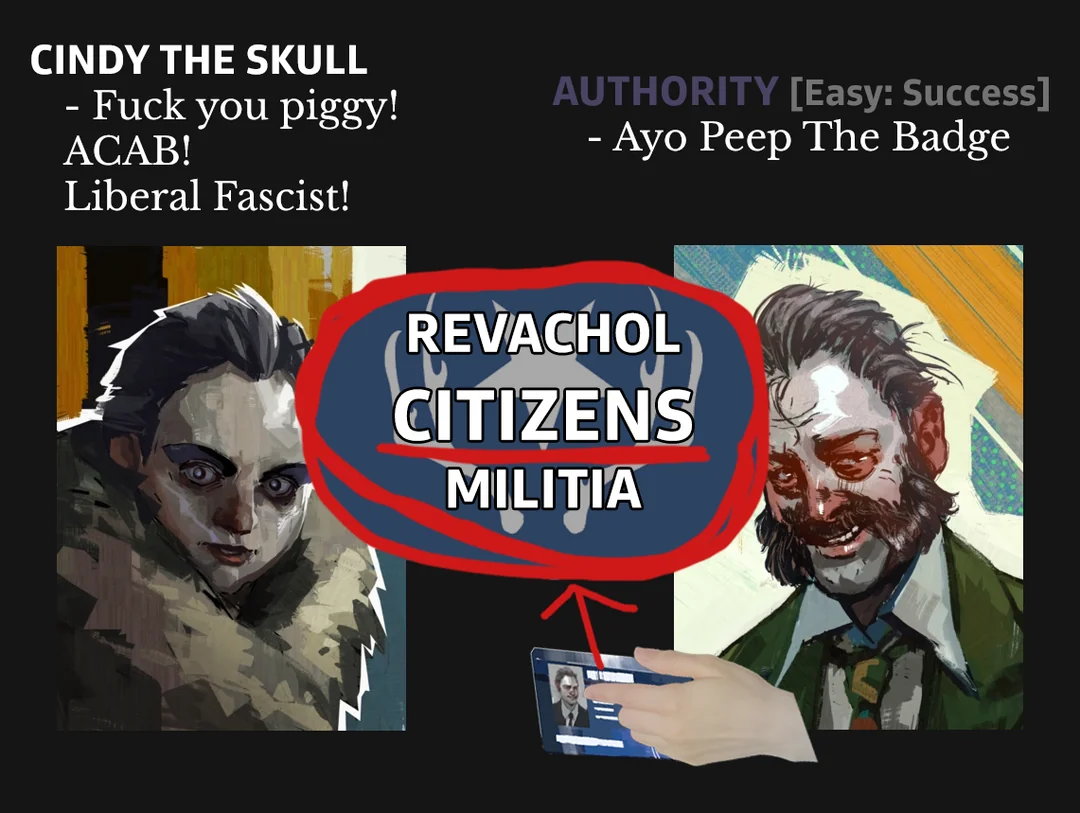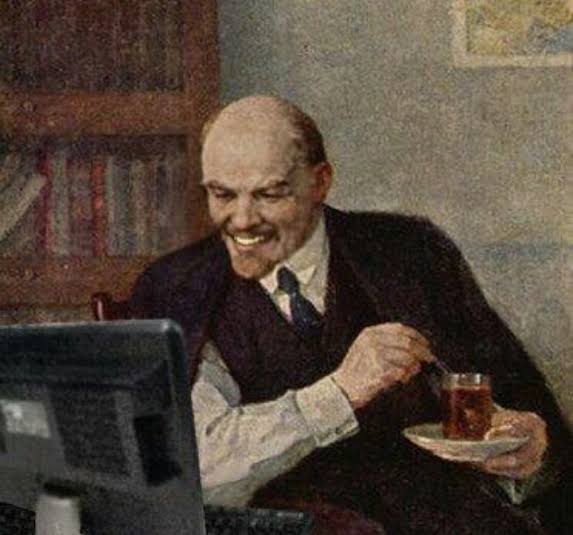
Eh the glasses magically appear onto the man's face in the first gif.
Even if non-photorealistic effect filters applied onto live action has a lesser tendency of causing an uncanny valley effect compared to making animation photorealistic, what even would be the point of doing so, artistically? Either way, there aren't any meaningful modifications or iterations upon the input artwork, no interesting or intentional comment on the original work except for the facile and superficial question of "what if someone else (definitely someone else, because I doubt any of these ai enthusiasts train their models solely on their own past works) copied the original but randomly applied techniques and characteristics stereotypically associated with another widely-recognised artstyle". The overriding point of AI art tools under a capitalist organisation of society is for the bourgeois and petty bourgeois classes to minimise their labour costs, whether it's the wages they need to pay actual artists currently under their employ or expenses incurred in accessing crystalised artistic labour within IP-protected art.
Even though it's annoying to see ai startup grifters clumsily vandalising existing popular art to imply that they can "improve upon" or "fix" entartete kunst made by actual working artists, they're not the most immediate danger. The more insidious and immediate threat of existing AI art tools is probably when they are used to produce peripheral material that people are less likely/able to pay close attention to (e.g., promotional posters, or in-between frames), where corporate IP holders would otherwise have had to pay for additional artists/artist working time to produce.













whew thanks for the clarification google AI overview